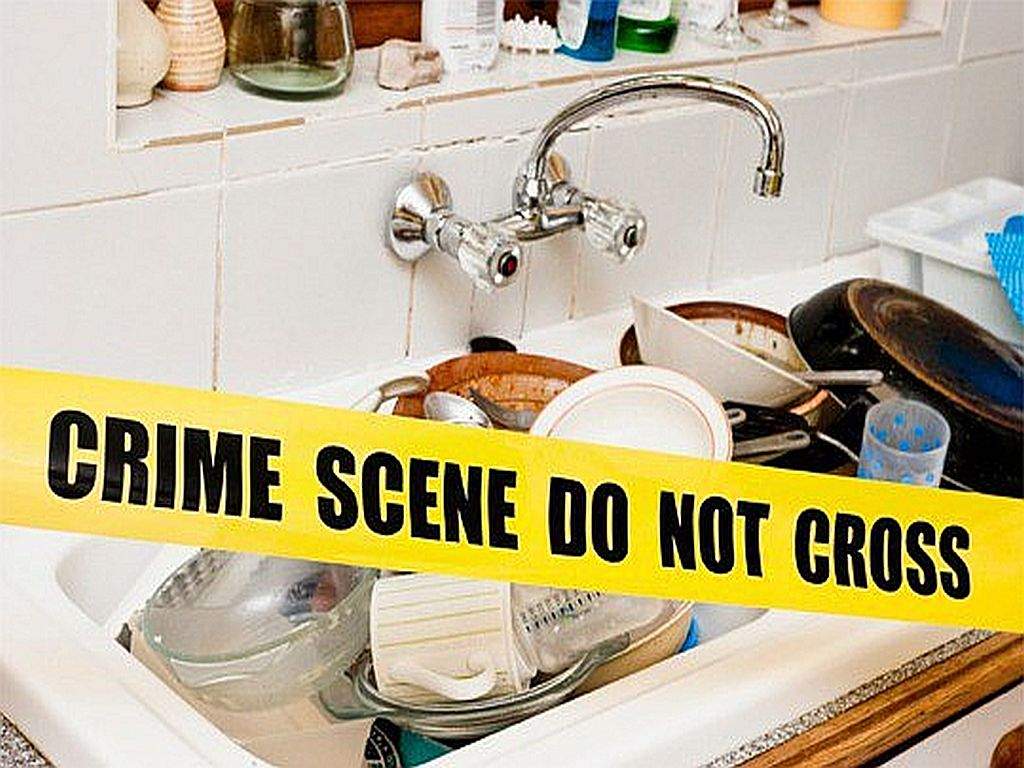
The high cost of dirty workplaces
Studies highlight the impact of poor office hygiene.
If Australian offices are on a par with their American counterparts, it’s highly likely the average workplace is a very dirty one.
US researchers conducting a 13-month study found 4800 surfaces in office buildings were "officially dirty".
Taps, microwaves, computer keyboards and fridge doors were the dirtiest surfaces.
The study found the typical office desk is home to more than 10 million bacteria, 400 times more than a toilet seat.
People attending work while sick adds to the spread of disease and costs the Australian economy about $34.1 billion each year through lost productivity, according to Libby Sander, assistant professor of Organisational Behaviour at Bond Business School, Bond University
Workers in open-plan spaces have a 62 per cent higher incidence of sickness absence than those in private or shared cellular offices.
“Etiquette in shared-desk workplaces requires employees to clean down their workstation and equipment when they finish using it. However, fewer than half of employees comply,” Sander said.
Another major study of 43,000 respondents from 351 office buildings found that cleanliness was correlated with employee satisfaction. In two laboratory and field experiments, offices that were seen to be in proper order and had a pleasing appearance had positive outcomes for trust in the organisation and for learning.
In another study on the effects of a controlled increase in cleaning quality, researchers found that a cleaner office resulted in a 12.5 per cent decrease in sick days and reported increases in productivity.
Hand hygiene has been shown to be one of the most effective means of reducing the transmission of germs. In year-long random controlled trials, workplace hygiene programs that include education and the use of hand sanitisers reduced hygiene-related healthcare claims by more than 20 per cent.
Many organisations have implemented sanitation stations in open-plan and hot-desking environments to encourage employees to wipe down the desk, computer equipment and phone when they have finished using them for the day. However, a study has shown that less than half of employees use them.

